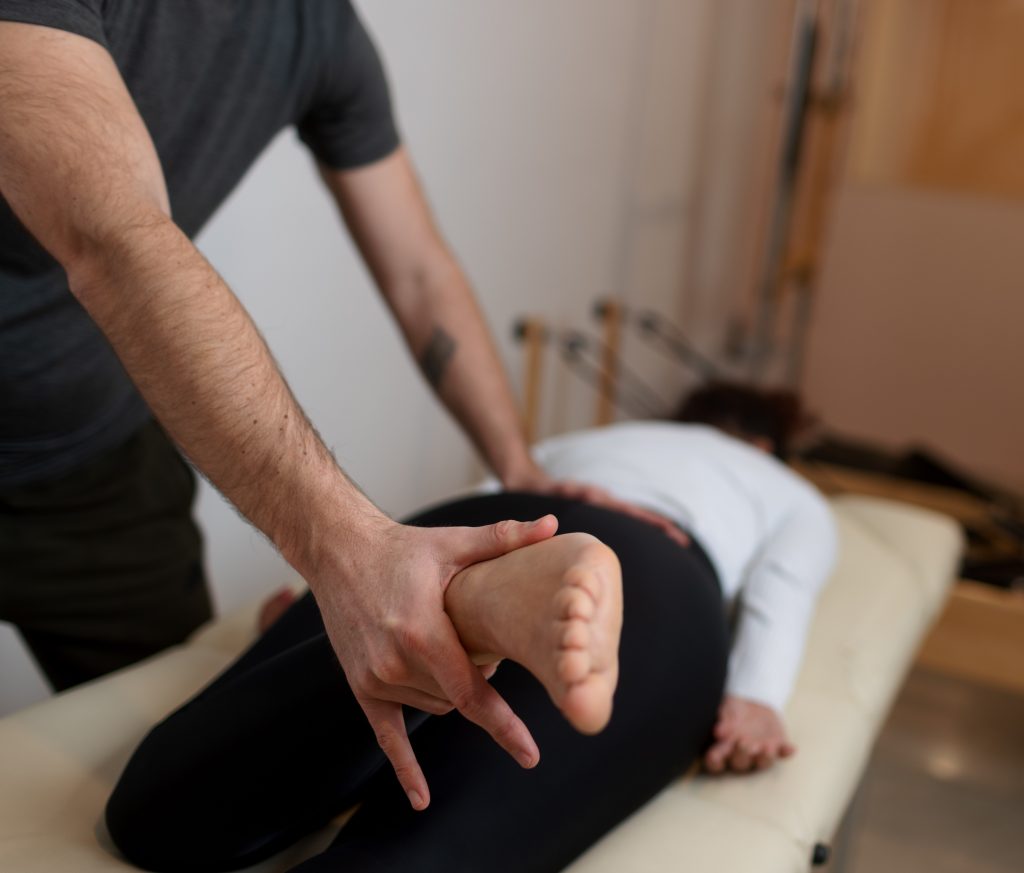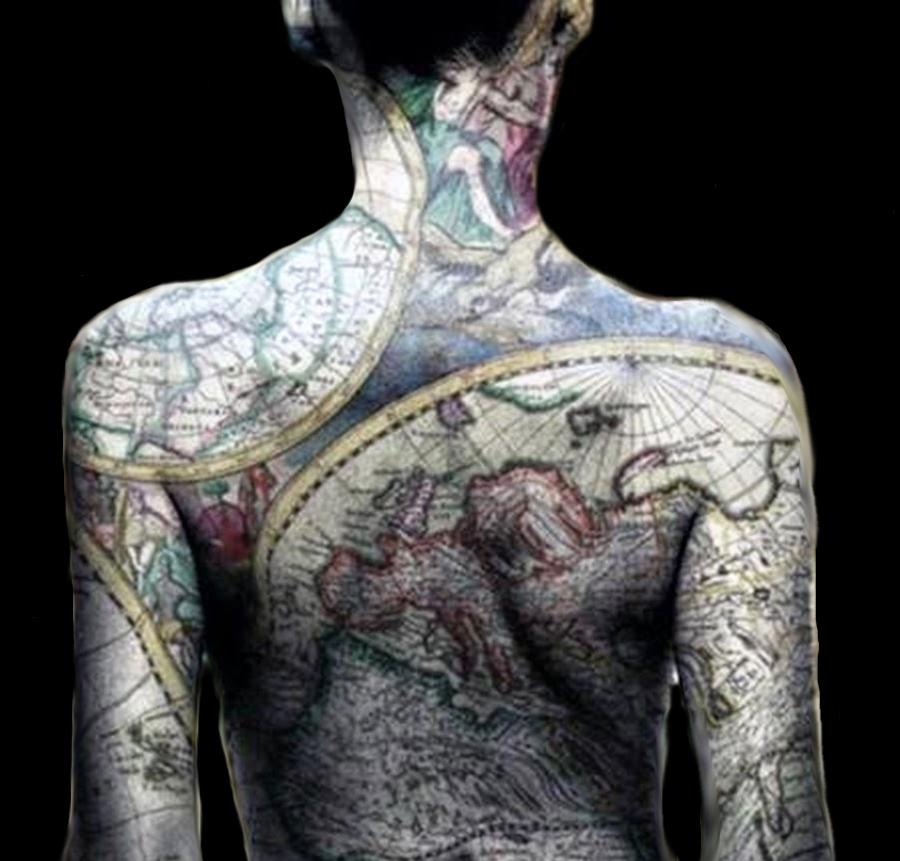Muscle Activation Techniques (MAT)

You can schedule a session in Muscle Activation Techniques in Birmingham, Alabama here.
Brandon is a Mastery-level specialist in MAT, and the only MAT practitioner in Alabama.
What is MAT
Muscle Activation Techniques (MAT) is designed to 1) identify weak muscles and 2) get them working again. Through MAT sessions, we seek to get muscles to work as soon as they get the message (i.e., contract on demand).
On this page, you’ll find out a bit about what MAT is and how it works. It gets more technical as it goes down. Be sure to check out the FAQ section as well!
Tightness is Weakness?
MAT works on a basic principle: “muscle tightness is muscle weakness.”
A muscle should contract when it gets the message to do so, and it should be able to relax and stretch when it needs.
But muscles that are weak and enflamed don’t work right. They want to stay contract (and tight) as a protective mechanism. And this keeps it from adequately responding to signals from the nervous system.

3 Steps of a MAT Session
MAT involves three steps:
- a full check of range of motion (ROM)
- test specific muscles
- restore weak muscles’ connection to the nervous system
Mat Testimonials
MAT has one job: to make muscles contract on demand (and not when you don’t want). But if we can get all our muscles working – and particularly those which have gone off the map – then some pretty amazing things can happen.
If we think about lower back pain, MAT doesn’t try to diagnose the cause of the pain. We just:
- Look for muscle weakness
- Get those muscles recognized and contracting again
Weak muscles below or above the lower back are actually more likely to be the cause of lower back pain. So we look for decreased ranges in mobility, test muscles in that area, then get those muscles back on the map that have gotten lost.
Why Do Muscles Become Tight and Weak?
Muscle tightness and weakness are connected: weak muscles tighten so they don’t have to move into unsafe ranges of motion. Muscle inflammation, due to causes including stress and overuse, increases pain messages (from nociceptors) and decreases information sent about how much force and movement a muscle is experiencing (mechanoreceptors).
Often one muscle is tight because it is trying to protect another muscle that is damaged. So pain and tightness in the lower back is often related to weakness in the abdominals: the back muscles clench to try to protect the abdominal muscles from doing something they’re not strong enough to support.
But MAT is able to specify the individual muscle that is weak and strengthen it. This is important, because general strengthening exercises can create this situation: the strong muscles and the weak muscles remain weak.
Once that muscle is strengthened and re-integrated into your movement, you can expect a boost in strength and increased flexibility.
Get Your Muscles Back on the Map
Many of the muscles that keep us out of pain are not even on your body’s map. You might have been to sessions where your therapist or coach has asked you to use a certain muscle, but you can’t use it. In fact, you can’t even feel it.

MAT is designed to get those muscles back on the map. We wake up your brain-muscle connection by both palpation (i.e., touching the muscle) and then giving it very specific exercises.
Once a muscle is back on the map, you can use it. When you can use that muscle, even in a specific exercise, it can become integrated in your daily movement again. Having a muscle back on the map helps get you going where you want to go.
So the result of MAT is:
- muscle strengthening
- better communication between the brain and muscles
- Decreased pain
- improved range of motion/flexibility
For a more technical article about how MAT works, read here.
A Word about MAT
If you’ve heard about MAT, you’re probably familiar with many miraculous sounding cases. For myself, I went to an MAT specialist when I was having persistent neck pain, and he fixed it in 5 minutes.
I can’t guarantee that I’ll do that for you, but I do trust in the method. And it does wonders for a lot of people.
To view more testimonials, check this out:
If you want to read more about scientific studies into MAT and also more client testimonials, check out the articles here.
Frequently Asked Questions
MAT is a specific set of tests and exercises designed to pinpoint muscle weakness. This weakness indicates poor communication between your brain and that muscle. MAT aims to repair that communication, which strengthens that muscle and allows the muscles connect to it to relax.
Your first MAT session begins with an assessment. You’ll be asked to make many small movements so that we can see where your imbalances are.
After that, we’ll test several muscles that are showing imbalances.
Then we’ll get those muscles back on the map by palpating (touching) very specific points of the muscle.
In subsequent sessions, we’ll revisit the problem areas identified in your first assessment and see how your first strengthening exercises improved your life. Then we’ll go deeper into both the problem areas and also secondary zones.
Please wear comfortable clothes that provide some movement (for example, we’ll need to stretch your leg as high as you’re able to).
For me, it’s helpful if you don’t wear black (so I can see your alignment better).
Clients remain fully clothed throughout the session.
That depends a bit on what your situation is (and how long you’ve waited to come to MAT!). We need to palpate (i.e., give some touch-pressure) muscles, which can give a lot of sensation in some cases. If the muscle is inflamed or deeper in the body, that might be a bit uncomfortable. But sometimes the palpation feels more like a massage.
However, MAT sessions are not static, and we don’t dwell on the painful area too long.
MAT has also proven itself for giving fast relief from intense, ongoing pain. So any brief discomfort is worth the relief afterwards.
MAT is very effective, and it often produces results fast.
But don’t take our word for it. Here’s a video playlist of dozens of individuals who’ve gotten their lives back through MAT.
MAT is therapeutic in that it relieves pain, improves strength, and increases flexibility. Several physical therapist have also studied MAT as it provides incredibly useful tools that are not taught anywhere else.
However, as a MAT Specialist I do not diagnose pain. It is generally recommended that you receive diagnosis from a medical specialist before coming to MAT. You need to be “cleared for movement” if you have been injured before I will work on you. If your condition does not fall within the scope of what I am qualified to address, you’ll be referred to an appropriate specialist.
Please see the Scheduling tab for exact figures. This may be covered by your insurance, but we do not accept third-party payments.
MAT was developed by Greg Roskopf. He works with professional athletes including the Denver Broncos, Bryson DeChambeau, and Payton Manning.